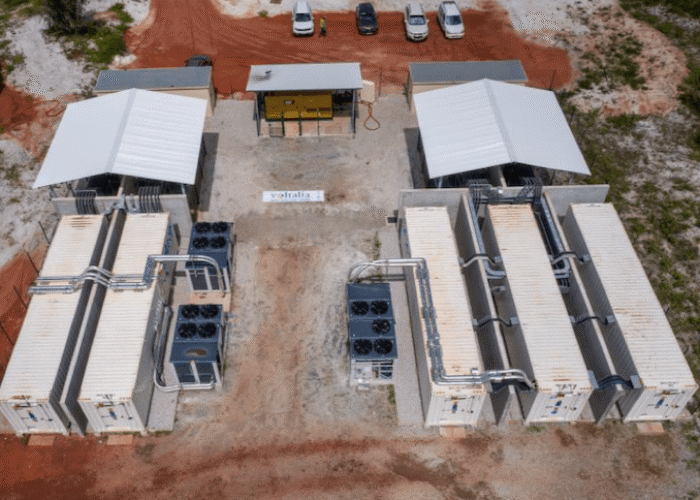
The Philippines Department of Energy (DOE) has awarded 10.19GW of new energy capacity in its fourth auction round, with new solar projects accounting for more than half of the awarded capacity.
The DOE awarded 123 projects capacity under the Fourth Round of the Green Energy Auction Program (GEA-4), with ground-mounted solar PV projects accounting for 4.19GW of the awarded capacity and floating solar securing 2.28GW.
Try Premium for just $1
- Full premium access for the first month at only $1
- Converts to an annual rate after 30 days unless cancelled
- Cancel anytime during the trial period
Premium Benefits
- Expert industry analysis and interviews
- Digital access to PV Tech Power journal
- Exclusive event discounts
Or get the full Premium subscription right away
Or continue reading this article for free
Rooftop solar, meanwhile, saw just 24.8MW of capacity awarded, highlighting the relative popularity of floating solar versus other sectors, such as rooftop; earlier this year, the first megawatt-scale floating solar project in the country started commercial operation.
SMC Global Light and Power, the energy arm of Philippine conglomerate San Miguel Corporation, was awarded a significant portion of this capacity, across a number of technologies and grids. The company’s Cauayan solar power project, split between a 270MW first phase and a 630MW second phase, are the two largest ground-mount solar projects by capacity, both to be connected to the Luzon grid on the Philippine island of the same name, which accounts for 74% of the country’s total power demand.
The company is also responsible for the Malita project on the Mindanao grid, which will deliver 285MW of capacity across its four phases, and account for four of the six projects to receive awards on the Mindanao grid.
Perhaps most strikingly, SMC has invested considerably in the floating solar sector, receiving bids for the two phases of the Angat floating solar project, which have a capacity of 540MW and 500MW, respectively.
Winning bidders will have to submit documents to support the development of their projects by 6 December this year, and start commercial operations at their projects between 2026 and 2029.
The total capacity awarded is just a shade under the 10.6GW sought by the government when bids were submitted for the auction round in September. The news follows another milestone in the Philippines solar sector, the commissioning of the country’s first agrivoltaics-plus-storage project, also in September.
Storage becomes ‘indispensable’ in Philippines energy mix
The remainder of the capacity awarded was for onshore wind projects, with 2.52GW, and renewable energy projects integrated with battery energy storage systems, which were awarded 1.19GW.
GEA-4 is the first auction in the country to include BESS alongside renewable energy projects, dubbed Integrated Renewable Energy and Energy Storage Systems (IRESS). When the auction was first announced in March, the government aimed to award 1.1GW of solar projects co-located with BESS, and this target has now been exceeded.
In total 20 solar-plus-storage projects received awards, led by Northern Sun Power’s 190MW Currimao project in the Luzon grid and South Cleanergy’s 120MW Luna solar power project in the Visayas grid.
The Citicore Renewable Energy Corporaion received the most storage awards, for a total of eight projects with over 332MW of capacity across the Luzon and Visayas grids. The company started commercial operations at its first ‘baseload’ solar PV-plus-BESS project in September, and plans to deploy 1GW of solar PV projects by the first quarter of 2026, alongside 1.5GWh of BESS.
Last month, our colleagues at Energy-Storage.news spoke to Philippines solar industry pioneer Tetchi Capellan, president and CEO of SunAsia, at the Energy Storage Summit Asia 2025, where she said that “we are entering that era where storage is indispensible”.






